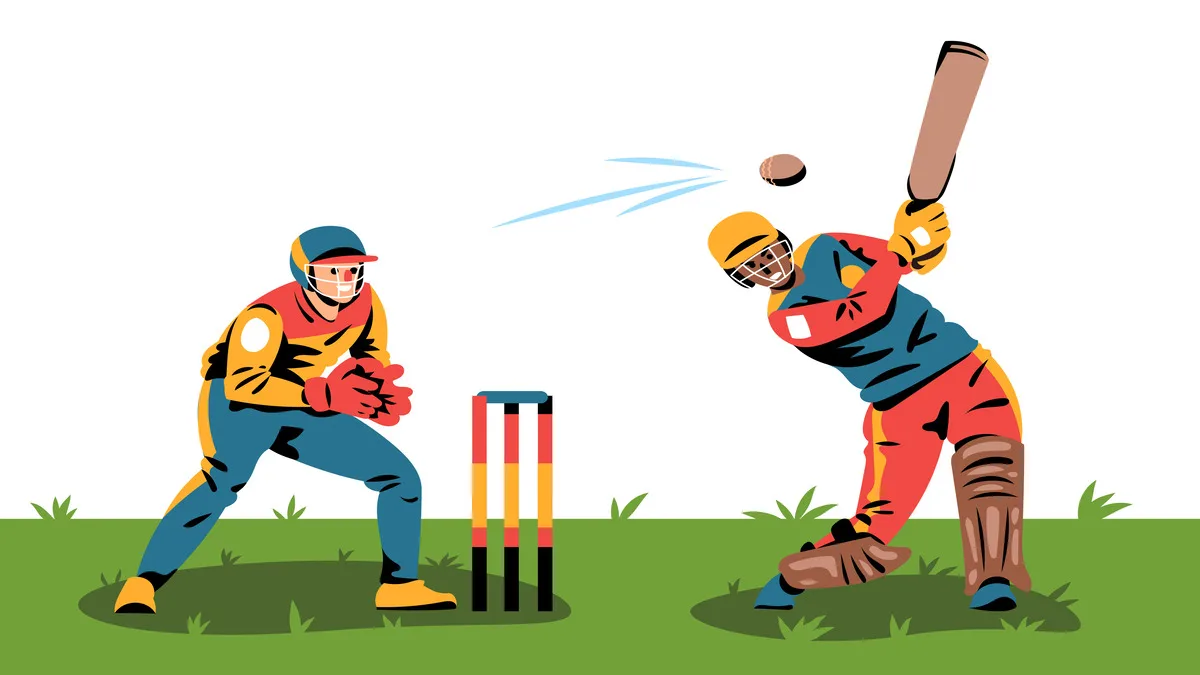Analyzing cricket matches involves a multifaceted approach that requires understanding the nuances of the game, the conditions, and the strategies employed by teams.
This 2024 guide aims to provide a comprehensive overview of the key aspects to consider when analyzing cricket matches. The guide is structured with short subheadings for clarity and ease of reading.
1. Understanding Pitch Conditions
Cricket, unlike many other sports, is profoundly influenced by the condition of the playing surface – the pitch.
The pitch can vary significantly in character, with some favoring batsmen, while others offer considerable assistance to bowlers. For a thorough analysis, it is essential to consider the following factors:
- Soil Composition: Different types of soil behave differently. Clay-heavy pitches, for instance, tend to offer more spin, making it crucial to assess these factors.
- Grass Coverage: The amount and type of grass affect how the ball behaves off the pitch, influencing seam movement for fast bowlers.
- Weather Impact: Weather conditions leading up to and during the match can alter the pitch’s behavior. Moisture, heat, and sunlight can all play significant roles.
2. Assessing Team Formations and Strategies
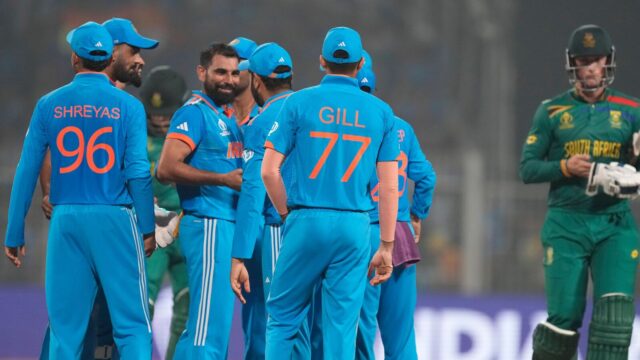
Analyzing a team’s formation and strategy is crucial. This involves looking at the team composition, which includes the number of batsmen, bowlers, and all-rounders, as well as the batting order. Key considerations include:
- Balance Between Batting and Bowling: Teams may lean towards a strong batting lineup or a more bowling-heavy side depending on their strategy and the opposition’s weaknesses.
- Role of All-rounders: The presence of quality all-rounders can provide a team with greater flexibility.
- Match Situation Adaptability: How a team adapts its strategy based on the match situation can be a critical determinant of its success.
For those interested in cricket and looking to stay updated with the latest news and insights, exploring the Best cricket betting app in India can be a valuable resource to enhance their understanding of team formations and strategies in the sport.
3. Player Performance Analysis
Individual player performances are pivotal in cricket. Analyzing player performances involves:
- Current Form: Recent performances can give a good indication of a player’s current form.
- Historical Performance Against Opposition: Some players perform better against certain teams.
- Skillset Adaptability: The ability of a player to adapt their game to different conditions and match situations.
4. Understanding Game Phases
Cricket matches, especially in longer formats, are divided into different phases:
- Initial Overs: The new ball behavior and how openers negotiate this period.
- Middle Overs: The consolidation phase, where teams build their innings.
- Death Overs in Limited Overs Cricket: The final overs where teams look to maximize scoring.
Each phase requires different skills and strategies from both batsmen and bowlers.
5. Analyzing External Conditions
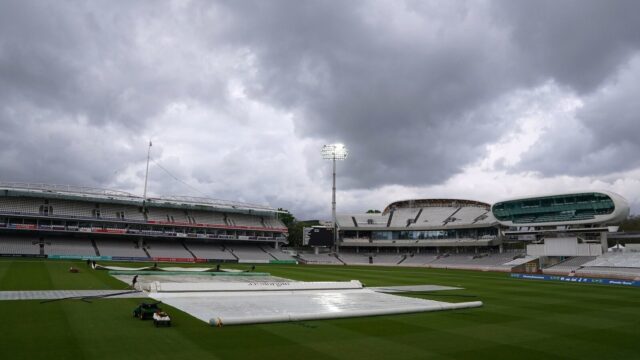
External factors such as weather conditions and the dew factor in the evening games can significantly influence the outcome. Key aspects include:
- Weather Forecast: Understanding how weather is expected to change during the game can influence team strategies, especially in deciding whether to bat or bowl first.
- Dew Factor: In many regions, dew can make the ball slippery in the evening, affecting the bowlers, especially spinners.
6. Technology in Cricket Analysis
The use of technology has become an integral part of cricket analysis. Tools like Hawk-Eye for tracking ball movement, Snickometer for detecting edges, and ball-tracking for LBW decisions add a layer of precision to match analysis. These tools help in:
- Decision Review System (DRS): Assisting teams in making informed decisions on whether to review on-field decisions.
- Performance Analysis: Providing detailed data about bowling speeds, spin, bat angles, and more.
7. Tactical Adaptations and Innovations
Cricket, being a game that’s constantly evolving, requires teams and players to adapt and innovate. Tactical adaptations can be pivotal in turning the tide of a match. This includes:
- Field Placements: Understanding the opposition’s strengths and weaknesses can guide field placements. Innovative field settings can disrupt a batsman’s rhythm and scoring patterns.
- Bowling Changes and Variations: Captains must be adept at making timely bowling changes. Bowlers, on their part, need to vary their pace, length, and line according to the match situation and batsman tendencies.
- Batting Approach Adjustments: Depending on the state of the match, batsmen may need to switch gears – from defensive play to aggressive hitting or vice versa.
8. The Psychological Aspect
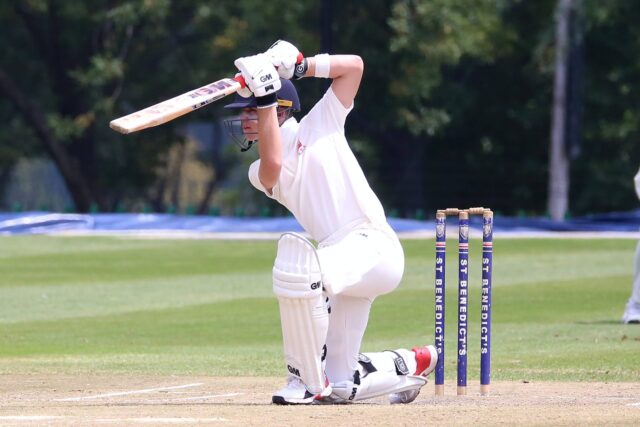
Cricket is as much a mental game as it is physical. The psychological aspect includes:
- Pressure Handling: How players and teams handle pressure situations, like a close chase or defending a low total, is crucial.
- Mental Toughness in Long Formats: In Test cricket, the ability to stay focused over long periods is vital.
- Team Dynamics and Morale: Team spirit and the ability to bounce back after setbacks can significantly influence performance.
9. Understanding the Opposition’s Weaknesses and Strengths
A thorough analysis involves studying the opposition. This includes:
- Key Player Analysis: Identifying key players in the opposition, their strengths, weaknesses, and current form.
- Strategy against Star Players: Develop specific plans to counter the opposition’s star players, be it a prolific batsman or a leading bowler.
- Psychological Warfare: Sometimes, the battle is won off the field through mind games that put the opposition under pressure.
10. The Role of Support Staff and Analytics
Modern cricket heavily relies on the support staff, including coaches, analysts, and physiotherapists. Their role includes:
- Data Analysis: Using data analytics to strategize for upcoming matches, including batting patterns, bowling plans, and field settings.
- Player Fitness and Health: Ensuring players are at their physical peak and quickly recovering from injuries.
- Technical Adjustments: Coaches work on refining players’ techniques and addressing any flaws that may affect their performance.
11. Learning from Past Matches
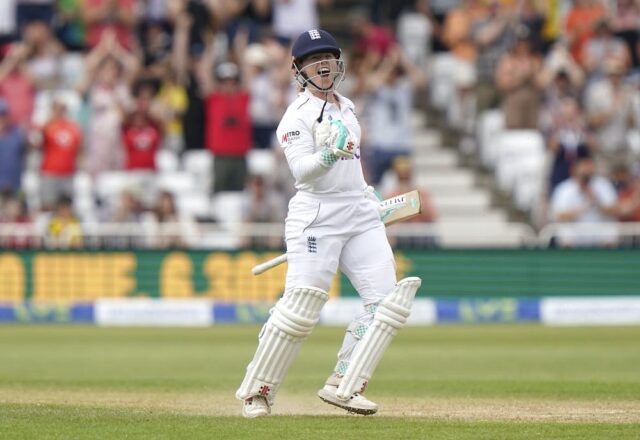
Historical analysis is crucial in cricket. This involves:
- Studying Past Encounters: Understanding how previous matches between the teams panned out, including key performances and turning points.
- Learning from Mistakes: Teams must learn from their past mistakes and ensure they don’t repeat them in future encounters.
- Adapting to Trends: Cricket strategies evolve, and what worked in the past may not be effective now. Keeping up with current trends is essential.
Conclusion
In summary, the art of analyzing cricket matches is a combination of understanding technical aspects, adapting to evolving tactics, psychological resilience, thorough opposition analysis, leveraging support staff and analytics, and learning from history.
This multifaceted approach allows for a more comprehensive understanding of the game, enhancing the experience for players, coaches, analysts, and fans alike.

